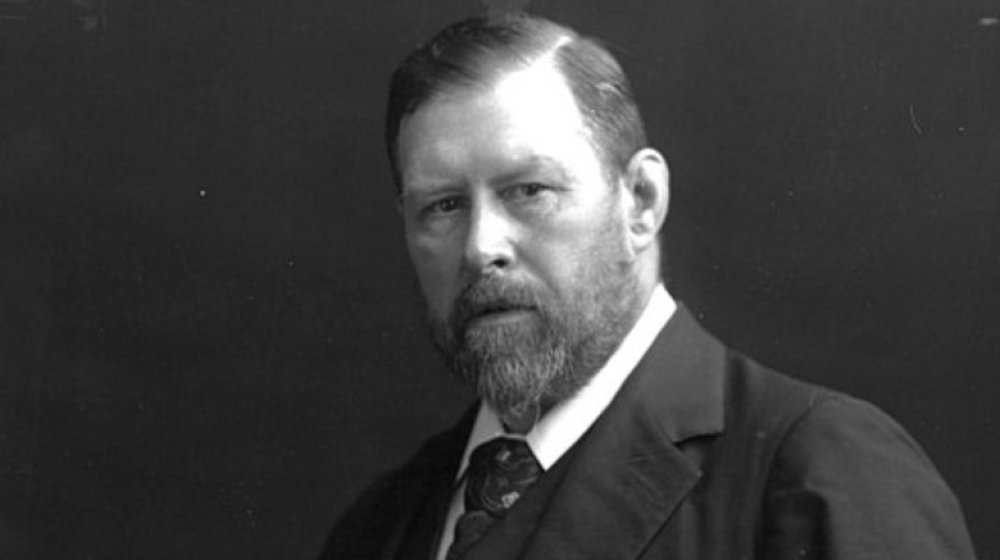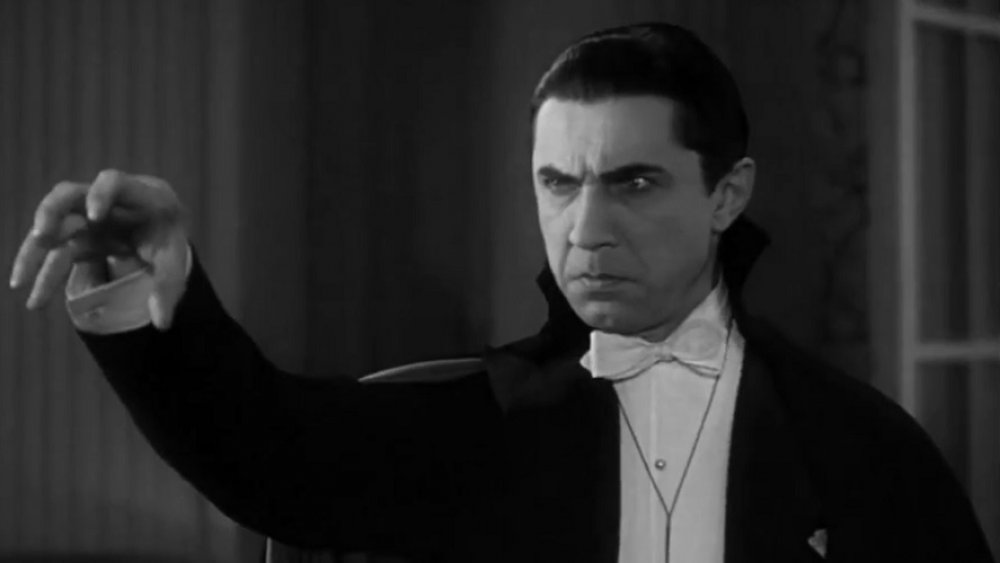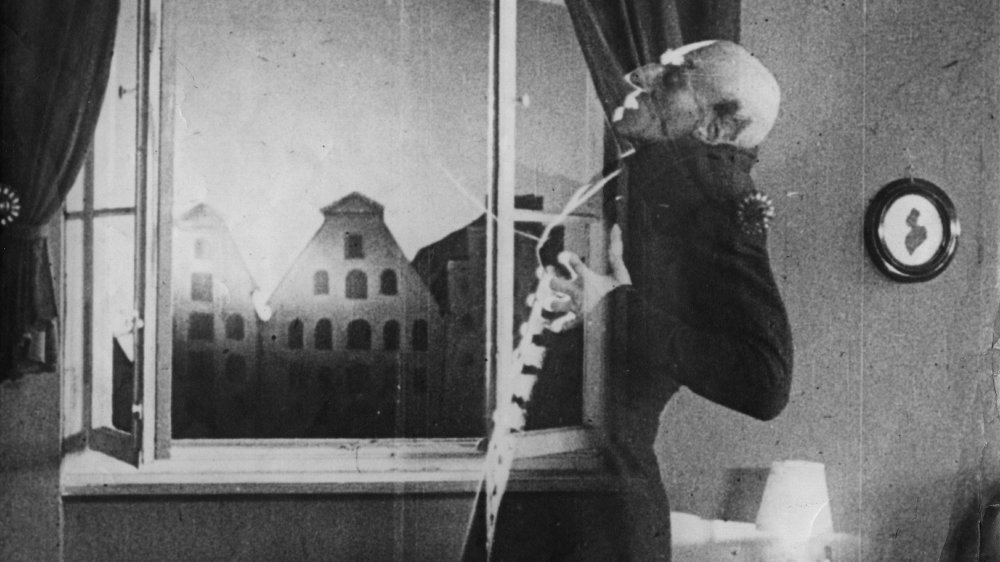The Truth About Dracula's Disturbing Origin
He was Irish; mathematician by training; professionally, a civil servant, theater manager, and personal assistant to a successful actor; a husband and father who was so driven to write that at first, he did it for free, reviewing theatrical productions for the Dublin Evening Mail newspaper, says Biography. Bram Stoker. From his lifetime of productivity he's known today for just one of his 12 novels, Dracula. Maybe you've heard of it?
Surely one of the most common questions any artist hears is, "Where do you get your ideas?" Sometimes we get an answer we didn't expect. Sometimes we get an answer we didn't really want to hear. And sometimes the path to artistic expression is as close as the artist's childhood home.
Most believe that Stoker based the character of The Count on Transylvanian folklore, which in turn finds its basis in the bloody history of a 15th Century prince, Vlad III, also known as Vlad the Impaler (he was prone to publicly dispatch and display enemies that way). His father was inducted into the knightly Order of the Dragon, according to Live Science, which allowed him to add "Drac" — "dragon" — as his surname. Vlad III was therefore known as Vlad Drăculea — "son of the dragon."
Some things just never die -- like Dracula
According to the BBC, researchers have gone back and found the original library volumes Stoker used for his research into the character, including the author's hand-written marginalia (shame on him; it was a library book, after all). The main works he used were written by a Scottish woman, Emily Gerard, who had spent time in the area of Romania and collected tales. One story in particular includes these lines: "More decidedly evil is the nosferatu, or vampire, in which every Romanian peasant believes as firmly as he does in heaven or hell."
Gerard's two-volume work was titled The Land Beyond the Forest, and was one of two primary sources Stoker mined for his novel that, well, refuses to die. Stoker owned a copy — his son donated it to the London Library, where Bram was a member and did much of his research, in 1935.
From Vlad, we get the Dracula part (and, eventually, Béla Lugosi). But it's from Gerard that we get these words:
AKA Nosferatu
"Every person killed by a nosferatu becomes likewise a vampire after death, and will continue to suck the blood of other innocent persons till the spirit has been exorcised by opening the grave of the suspected person, and either driving a stake through the corpse or in very obstinate cases of vampirism it is recommended to cut off the head, and replace it in the coffin with the mouth filled with garlic." What a happy thought.
Other scholars think that the novel's origin story is deeper still, back to Stoker's Irish childhood. As the Irish Times relates, Stoker's mother was a blessed survivor of a critical health disaster in Sligo, Ireland, in 1832. The cause wasn't a virus; this time, it was bacteriological, a devastating outbreak of cholera. While the disease is mostly eradicated in modern-day First World countries, it ravaged populations in the 19th Century. The bacterium is usually acquired through dirty water sources, sometimes through contaminated food — seafood is especially suspect, says Web MD, and Sligo is on Ireland's west coast — and in the 1830s there was no cure. Stoker's mother was 14 that year, when 10 percent of the town's population died from cholera's severe watery diarrhea and vomiting, leading to dehydration and death.
The Count still counts
Stoker had asked his mother to write down her memories of her childhood and the epidemic. As she told him, the town was decimated. Authorities isolated the town, allowing people to neither enter nor leave. Some people, like Stoker's mother, hid at home, afraid of going out. Some believed that the contagion spread by ships, or by airborne mist. The afflicted died so quickly that coffins couldn't be built fast enough. Many of the dead were simply wrapped in cloth and laid in a trench.
There was so much urgency to deal with the diseased bodies that some people, sedated by laudanum or other opiates, were laid in the death trenches before they had actually died, and ended up buried alive. It seems that Stoker was a very private individual, but in a rare interview about Dracula, quoted by Ireland's Independent, he said the story was "inspired by the idea of someone being buried before they were fully dead."
Thanks, Mom.



